TIP684: CURRENT MARKET CONDITIONS & POOR CHARLIE’S ALMANACK
W/ STIG BRODERSEN & CLAY FINCK
19 December 2024
On today’s episode, Clay Finck invites Stig Brodersen to discuss current market conditions and one of Stig’s favorite books — Poor Charlie’s Almanack.
IN THIS EPISODE, YOU’LL LEARN:
- How Stig and Clay think about today’s market.
- Why we expect the stock market to continue to hit new all-time highs.
- How Stig is protecting himself against potential inflation going forward.
- Why Stig re-reads Poor Charlie’s Almanack each year.
- The psychological biases we need to be mindful of.
- How the endowment effect can be detrimental to our portfolio’s returns.
- How we can apply Munger’s principle of inversion to our lives and our portfolios.
- How you can attend the live events TIP is hosting in Omaha during the Berkshire weekend.
- And so much more!
TRANSCRIPT
Disclaimer: The transcript that follows has been generated using artificial intelligence. We strive to be as accurate as possible, but minor errors and slightly off timestamps may be present due to platform differences.
[00:00:00] Clay Finck: On today’s episode, I’m joined by my co host Stig Brodersen to discuss current market conditions, how hard money fits into our portfolios during an uncertain macro environment, and the one book that Stig rereads every year, Poor Charlie’s Almanack. With Charlie Munger having passed away just over a year ago, I thought it would be a good chance to revisit this amazing book and uncover some of the lessons that Stig has learned from reading it more than a dozen times over the years.
[00:00:25] Clay Finck: At the end of the episode, I’ll also share more on the free and paid events TIP will be hosting in Omaha during the Berkshire weekend, where Warren Buffett hosts the Woodstock for Capitalism. With that, I bring you today’s episode on the current market conditions in Poor Charlie’s Almanack.
[00:00:44] Intro: Since 2014, and through more than 180 million downloads, we’ve studied the financial markets and read the books that influenced self-made billionaires the most. We keep you informed and prepared for the unexpected. Now for your hosts, Stig Brodersen and Clay Finck.
[00:01:10] Clay Finck: All right. Welcome to The Investor’s Podcast. I’m your host, Clay Finck. And today I’m happy to be joined by my co host Stig Brodersen. Stig, thanks so much for joining me here as a co-host today.
[00:01:21] Stig Brodersen: Thank you so much for inviting me, Clay.
[00:01:23] Clay Finck: It’s always great to be a guest on one of your episodes. So today I originally wanted to discuss Poor Charlie’s Almanack, but I thought it’d also be interesting to discuss current market conditions, because when I think back to when I was a listener of TIP, those are some of my favorite episodes to get yours and Preston’s take on current markets.
[00:01:43] Clay Finck: We have the election season finally out of the way, and we’re back into a market that sort of resembles 2021 in many ways. So stick and I will be giving a quick overview of the markets and the economy to get us started here. And I promise I won’t, I’ll try and not bombard the audience and the listeners with too many numbers here.
HELP US OUT!
Help us reach new listeners by leaving us a rating and review on Spotify! It takes less than 30 seconds, and really helps our show grow, which allows us to bring on even better guests for you all! Thank you – we really appreciate it!
BOOKS AND RESOURCES
- Join the exclusive TIP Mastermind Community to engage in meaningful stock investing discussions with Stig, Clay, Kyle, and the other community members.
- Book discussed: Poor Charlie’s Almanack.
- Check out Stig’s portfolio here.
- Email Shawn at shawn@theinvestorspodcast.com to attend our free events in Omaha or visit this page.
- Follow Clay on Twitter.
- Check out all the books mentioned and discussed in our podcast episodes here.
- Enjoy ad-free episodes when you subscribe to our Premium Feed.
NEW TO THE SHOW?
- Follow our official social media accounts: X (Twitter) | LinkedIn | Instagram | Facebook | TikTok.
- Check out our We Study Billionaires Starter Packs.
- Browse through all our episodes (complete with transcripts) here.
- Try our tool for picking stock winners and managing our portfolios: TIP Finance Tool.
- Enjoy exclusive perks from our favorite Apps and Services.
- Stay up-to-date on financial markets and investing strategies through our daily newsletter, We Study Markets.
- Learn how to better start, manage, and grow your business with the best business podcasts.
SPONSORS
Support our free podcast by supporting our sponsors:
PROMOTIONS
Check out our latest offer for all The Investor’s Podcast Network listeners!








